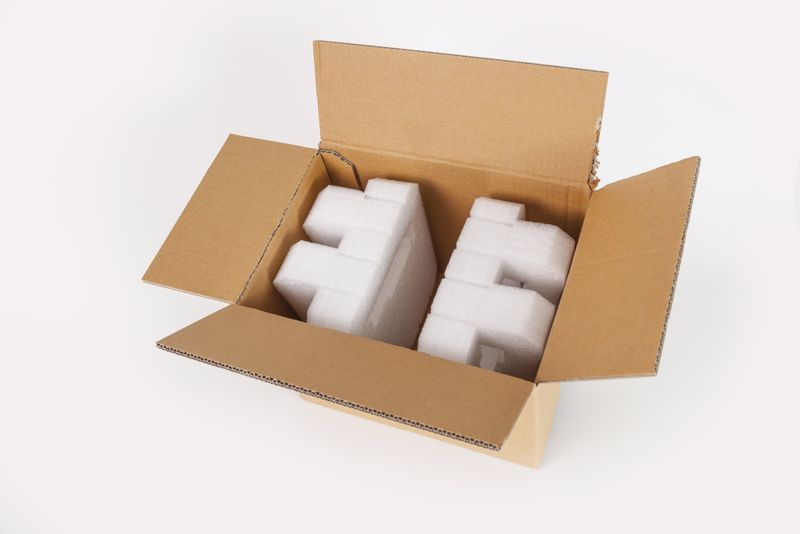Given the present environment, backorders may be impossible to avoid. But if you're affected by them as a business owner, how you handle these inconveniences and communicate the issues with your customers can make such pain points more tolerable for all involved.
Here are a few tips:
1. Don't complete the transaction until the order is completed
A major sticking point for customers is being charged for an item and not receiving it in a timely fashion. If customers are aware that an item is out of stock, they may assume that the funds won't be deducted from their debit or credit card until the item becomes available. All too often, though, the charge comes first, and the item arrives much later.
Instead, avoid processing the payment until you can confirm that their purchase has shipped. This has the dual benefit of allowing your customer to hold on to their money and helping you avoid the hassle and fees that may be associated with refunds if they decide to cancel. Bottom line, your customer wants to get what they paid for.
2. Carefully evaluate if backorder status is worth it
It may be that your best option is to not bother with backorders and to simply list the item as "out of stock" or "sold out." For example, as noted by Deliverr, if you have no idea as to when the product will be back in stock, backorder may not make sense because customers, in general, like to have a timeline. Additionally, backorders require you to fulfill the order when the time comes. So if you don't have a reliable method for keeping track of how many inquiries you've received for an item that's unavailable, backorders may be a bad business decision. Falling short in this area may also compromise your trustworthiness with that would-be buyer.

3. Offer a discount
An effective strategy that can lead to repeat buyers is to reward them with discounts after their initial purchase. You may want to do the same thing with backorders. For instance, sometimes a customer will avoid moving forward with a purchase if they know it's unavailable. However, they may be willing to reconsider if they get 5%, 10% or 15% off as a thank you for patiently waiting.
4. Evaluate your processes
If backorders are happening routinely, it may not be related to the supply chain crisis. It could have something to do with your inventory system. As recommended by ShipWorks, taking a closer look at your existing procedures may uncover inefficiencies or weaknesses that explain why this issue is ongoing.



Post A Comment:
0 comments so far,add yours